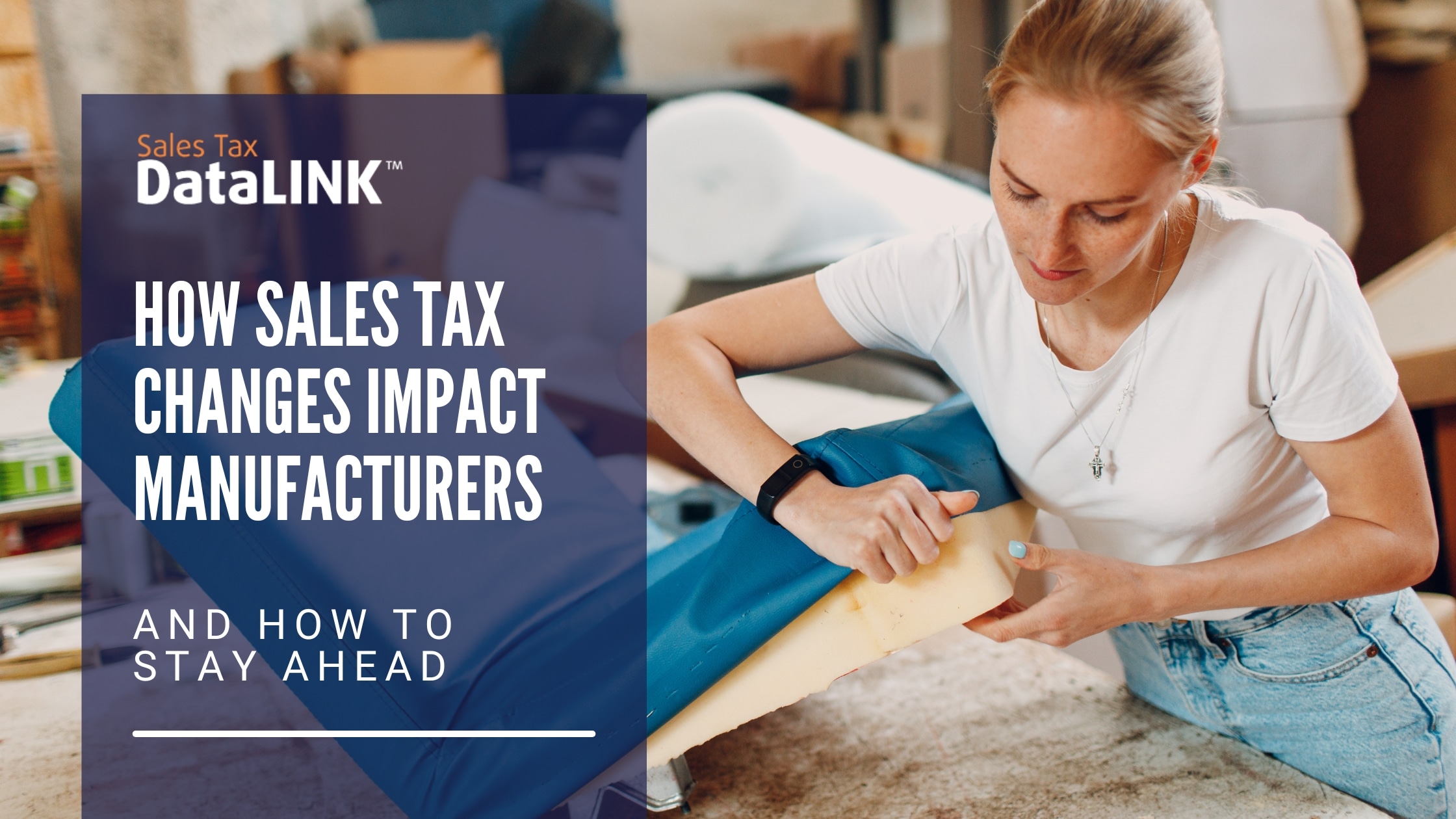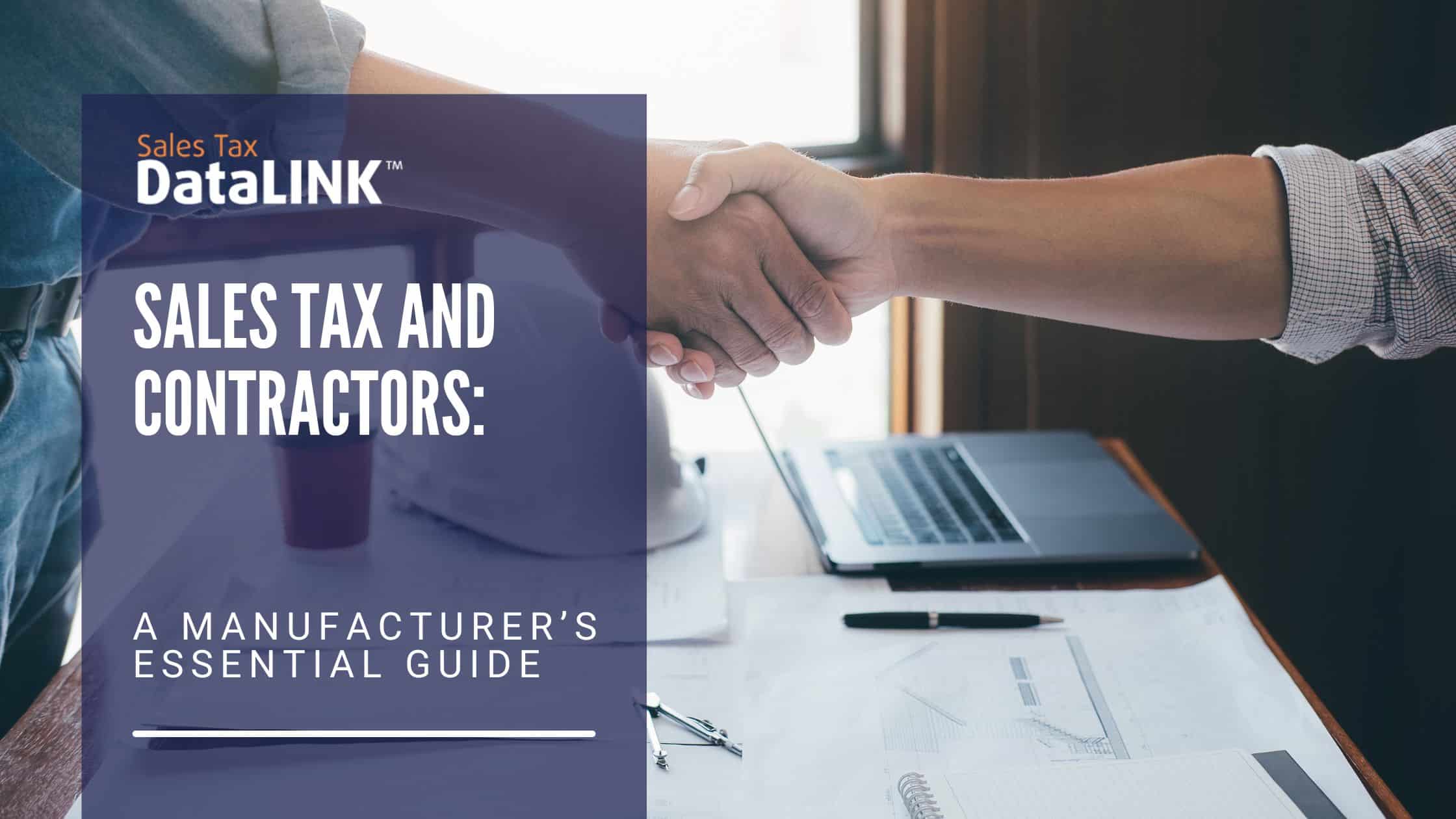The Supreme Court’s decision to overturn their ruling in North Dakota v. Quill Corp – better known as Quill – will bring about some significant economic changes in the near future. Their new decision, South Dakota vs. Wayfair, allows states to demand that online shops collect sales tax even if they have no buildings or workers in their state. The ruling, of course, affects sales tax collection, but that’s just the beginning. Expect the end of Quill to have a substantial ripple effect.
However, while ripple effects may be far-reaching, not everyone is affected equally. Those closer to the epicenter are impacted more than those further removed. So who benefits from the Supreme Court’s decision to overturn Quill, and who takes a hit?
States
States expect to gain billions of dollars in sales tax revenue since they can make etailers collect and submit sales tax. E-commerce wasn’t the colossal force that it is today when the Supreme Court initially ruled on the Quill case; nobody realized just how much revenue states stood to lose by not collecting sales tax on out-of-state purchases.
96% of Americans shop online, and e-commerce spending generated $99.4 billion in Q4 2017. States generally see the “physical presence” rule established by Quill as a tax loophole for giant corporations.
Brick-and-mortar stores
Main Street brick-and-mortar shops think the end of Quill will bring customers back from online shopping. That’s not likely, however. Saving on sales tax has never been the top motivation for online shopping.
It is conceivable, though, that people will be more inclined to make big-ticket purchases at local brick-and-mortar stores instead of purchasing these items online. If you no longer save upwards of $400 by purchasing a $5,000 mattress online, there’s definitely less incentive to buy online. States collecting sales tax shouldn’t discourage the millions of small purchases through e-commerce each year, though. In fact, 72% of online purchases already collect sales tax.
Some of the reasons consumers shop online instead of in stores:
- Convenience of 24-hour shopping
- Delivery to your door
- Larger selection
- Lower prices
- Ease of comparison shopping
- Better service
These things aren’t all true for all shoppers or stores, but it’s probable that Main Street stores will not see huge revenue increases because of Wayfair. The states might, but retailers will have to woo shoppers back from online shopping. They may have to provide a better experience… or they may get creative and benefit from trends like online shopping with in-store pickup.
The ball’s in their court.
Online sellers
E-commerce sellers are nervous — especially the small ones. Wayfair allows states to insist that retailers collect sales tax, but that still leaves a lot of wiggle room. Smaller sellers aren’t that appealing to states; getting 6% of a tiny store’s income may not be worth the paperwork. States will probably set limits, as South Dakota has, that will keep mom-and-pop ecommerce sellers from having to collect sales tax.
On the other hand, middle-sized online retailers will almost certainly have to register and collect sales tax in every state. Without the relatively clear rules of Quill, it will be hard to predict which states will have
enough sales to require sales tax compliance. To avoid getting stuck paying sales tax out of pocket at the end of the year, sellers will have to assume they’re going to reach the threshold in all 50 states.
Many may decide it’s not worth the paperwork, and give up. (They shouldn’t make that decision without trying out Sales Tax DataLINK’s sales tax solutions, though. We believe you’ll be happily surprised by how easy compliance can be.)
Consumers
Consumers may be the losers since most don’t pay use tax and they will now have to pay sales tax. The Supreme Court’s ruling on North Dakota v. Quill Corp. established that companies only had to collect sales tax in a state where they had a physical presence. Of course, people weren’t spending billions of dollars on e-commerce at the time. The new Wayfair ruling could make consumers pay a significant percent of those billions of dollars in sales tax.
If that sales tax translates into better roads, schools, and health care, though, consumers may be the real winners.
One of the big questions about Wayfair is still to be answered. How will overturning Quill influence consumer behaviors? Will it deter people from shopping online? With many companies already offering free shipping, local shops may not offer any savings compared with online shopping.
We can predict some winners and losers… but there could still be surprises.
If you’re on the paying side of Wayfair, you owe it to yourself to learn more about Sales Tax DataLINK’s sales tax solutions. We have the right-sized tools for every size of business, and exceptional support that can get you up and running in a day — not weeks.




